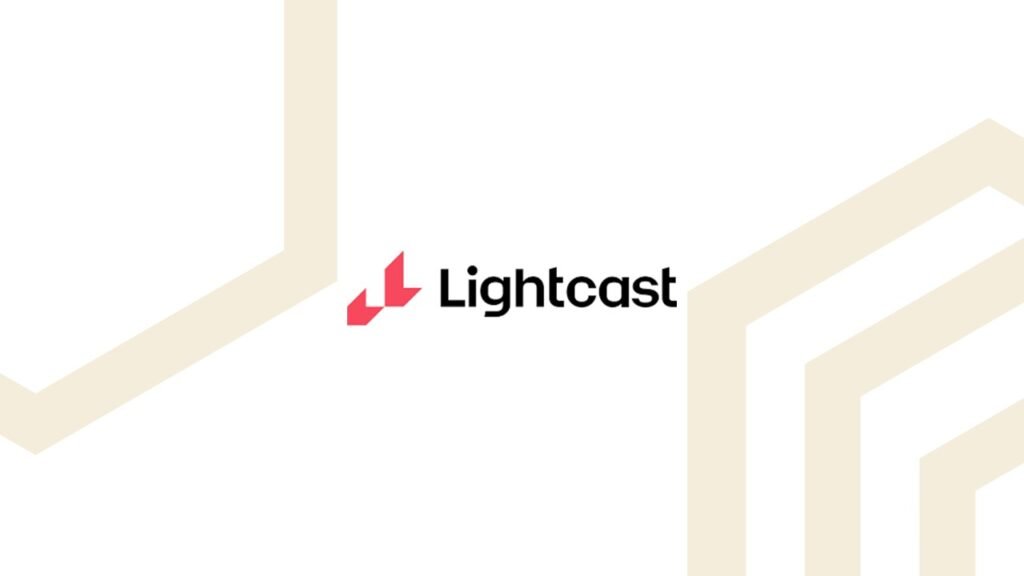Latest Taxonomy Helps Workforce Experts Map New Occupations & Align on Dynamic Labor Market Shifts with Real-time Jobs Data
MOSCOW, Idaho, April 15, 2025 /PRNewswire/ — Lightcast, the trusted provider of global labor market data, analytics, and expert guidance, today launched its latest Lightcast Occupation Taxonomy (LOT), the only global occupation taxonomy that sets the universal standard for labor market occupation and classification data.
In its 7th generation, the LOT provides a granular, contextual framework derived from real-world job postings, employee profiles, and official government statistics that brings consistency and structure to workforce data. This global standardization across 1,800+ specialized occupations, 800+ core occupations, 180+ occupation groups, and 28 career areas ensures employers, researchers and policymakers ‘speak the same language’ internally, across systems, divisions, and ecosystem partners. This reduces ambiguity and streamlines workforce planning by ensuring consistency in occupations, job roles and careers regardless of variations in geography or language.
Real-time Data for a Fast-changing Market
With the labor market changing rapidly, organizations, government agencies and educational institutions need timely data on the evolving roles, titles and skills to keep pace with hiring, training, workforce planning and career development. The World Economic Forum predicted that as many as 85 million jobs could be displaced by labor shifts, and Lightcasts’ own data shows that one-third of the skills required for the average job have changed over the last three years, driven by new fields like Generative AI, green technology and cybersecurity.
“Having the Lightcast Occupation Taxonomy translated across countries is essential for our work on the annual Stanford AI Index Report, including our recently released 8th edition,” said Nestor Maslej, research manager at Stanford’s Institute for Human-Centered Artificial Intelligence. “We are proud to partner with Lightcast to deliver an in-depth, country-level comparison and longitudinal analysis of AI-related jobs, which is possible because of the granularity and up-to-date data Lightcast is known for.”
While other taxonomies are geography-specific and generally updated only every five to 10 years, the LOT uses real-time data from current job postings worldwide to reflect the latest occupations and emerging specializations, including 25 new specialized and niche roles. This, alongside Lightcast’s decades of labor market data and proprietary models, classifiers and AI provides curated categorization across both demand and supply data.
The Universal Standard for Labor Data
Already trusted by thousands of global enterprises, educational institutions, government agencies and industry partners, the LOT provides more depth than other taxonomies that Lightcast competitors rely solely on SOC, ISCO, O*NET and NOC across key metrics:
- Global reach: LOT is the only global taxonomy enabling direct comparisons across regions and industries. This allows better cross-border talent planning and analysis, particularly for multinational organizations and those hiring remote workers.
- Granular detail: LOT is at least 2x more detailed than the U.S. SOC and 4x more detailed than ISCO, capturing nuances in emerging roles. For example, it precisely maps occupations such as cardiology registered nurse or emergency room nurse rather than lumping them into catch-all titles like “healthcare workers.”
- Consistency: Unlike scattered job titles, LOT offers a unified structure for interpreting diverse occupations. For example, it distinguishes between a theatre assistant in the UK as an operating room role in the medical field and a theater assistant in the U.S. as a performing arts role, and it understands that a barrister and lawyer are the same categorized occupation.
- Timeliness: The LOT is regularly revised to keep pace with rapid labor market changes, ensuring relevance and accuracy. The latest version includes emerging roles like neurolinguistics programmer, GenAI engineer, drone pilot, machine learning engineer and specializations in data science, blockchain and hybrid roles that won’t appear in government taxonomies for at least two or more years.
Learn more about the methodology, competitive differentiation, and use cases LOT enables in the 2025 “Mapping a Workforce in Motion: The Lightcast Approach to Taxonomies” ebook.
“The latest Lightcast Occupation Taxonomy fills a critical global data gap by providing a single, coherent structure to organize thousands of distinct roles from disparate systems,” said Lightcast’s Chief Technology Officer, Gresham Schlect. “So, whether you are in Mumbai, Dubai, or Shanghai, LOT gives our clients a definitive guide to speak a common language and a real-time map of the entire labor market to help them navigate the increasingly complex world of work.”
The new LOT is available immediately to clients worldwide through the Lightcast platforms and APIs. Organizations interested in exploring LOT for workforce analytics, strategic planning, or market research can contact Lightcast or learn more about Lightcast’s occupational taxonomy at https://lightcast.io/lot/occupations/categories.
About Lightcast
Lightcast provides trusted global labor market data, analytics, and expert guidance that empowers communities, corporations, and learning providers to make informed decisions and navigate the increasingly complex world of work. With a database of more than 2.5 billion job postings and career profiles, our team provides best-in-class customer service with robust data, clear analysis, and expert guidance on skills, jobs, and opportunities. Lightcast is active in more than 30 countries and has offices in the United States, United Kingdom, Canada, Italy, New Zealand, and India. The company is backed by global private equity leader KKR. For more, visit lightcast.io.
Press contact:
Cara Christopher
media@lightcast.io
208-883-3500
SOURCE Lightcast


